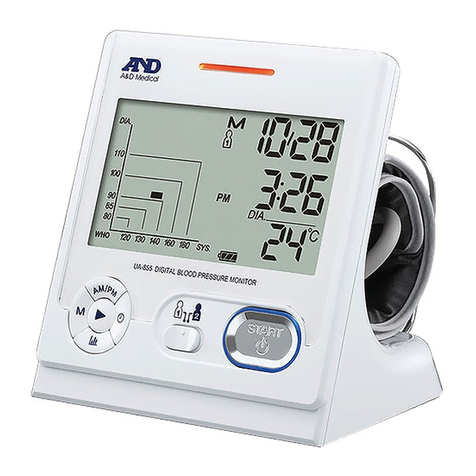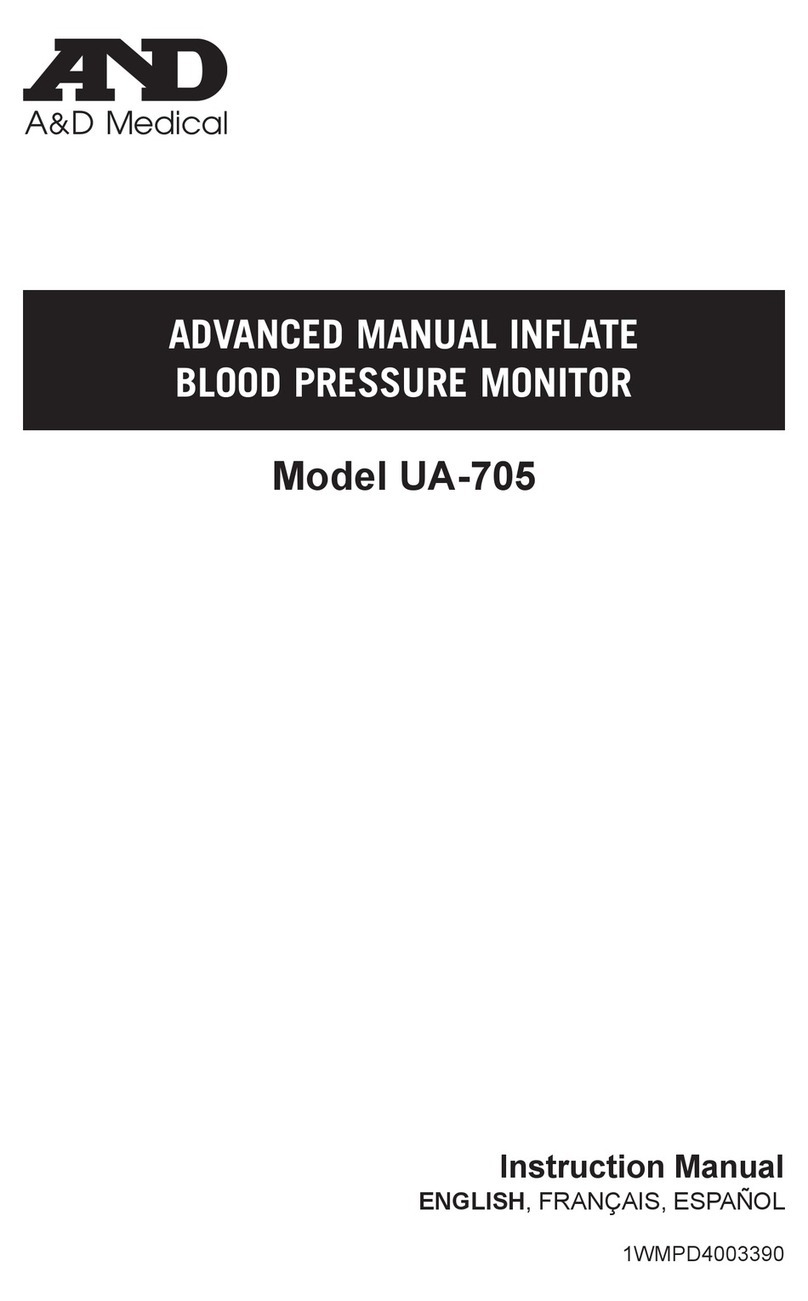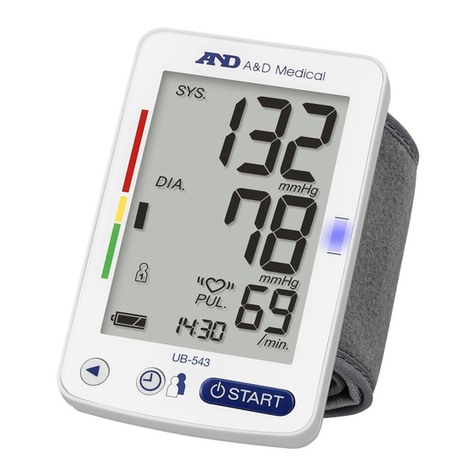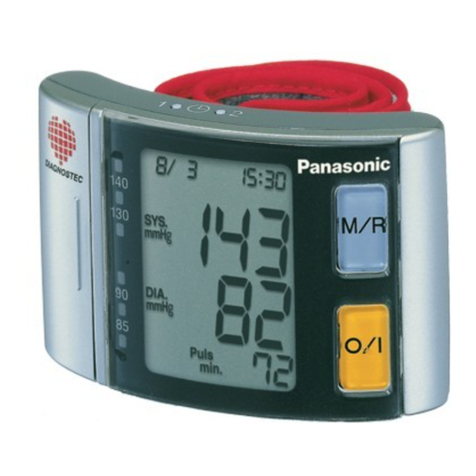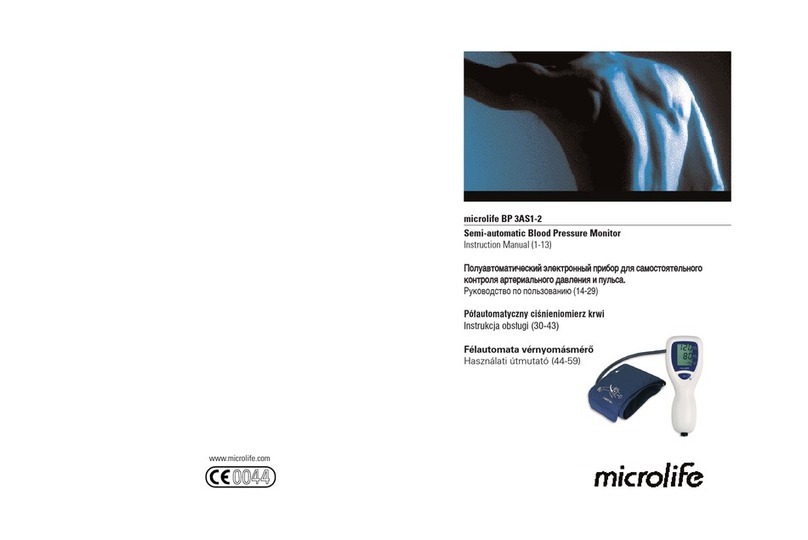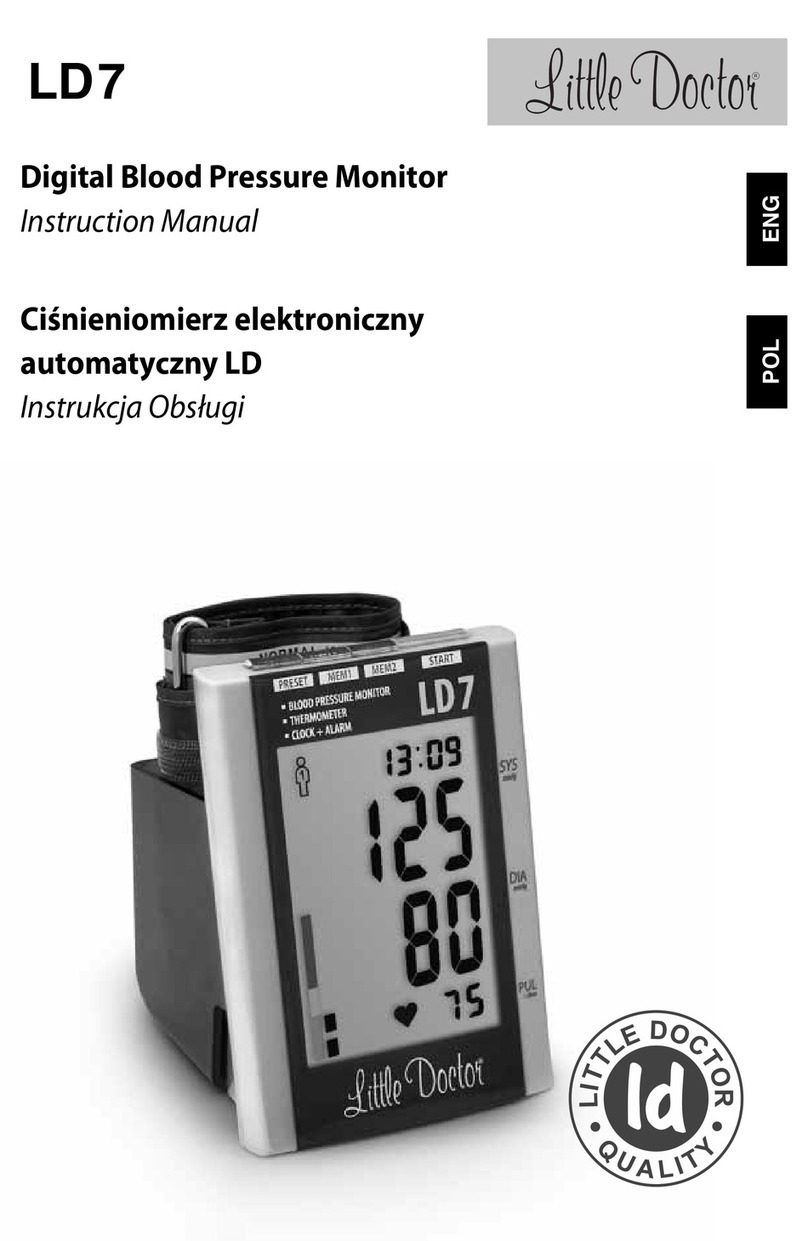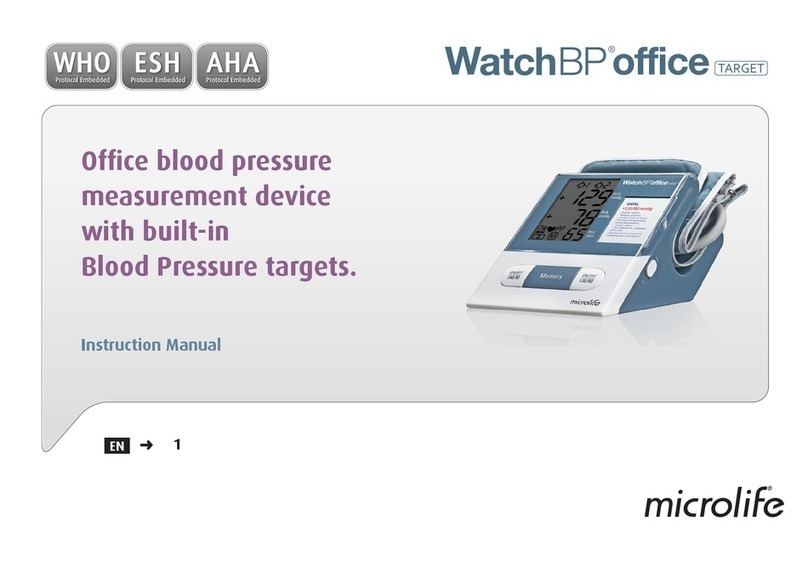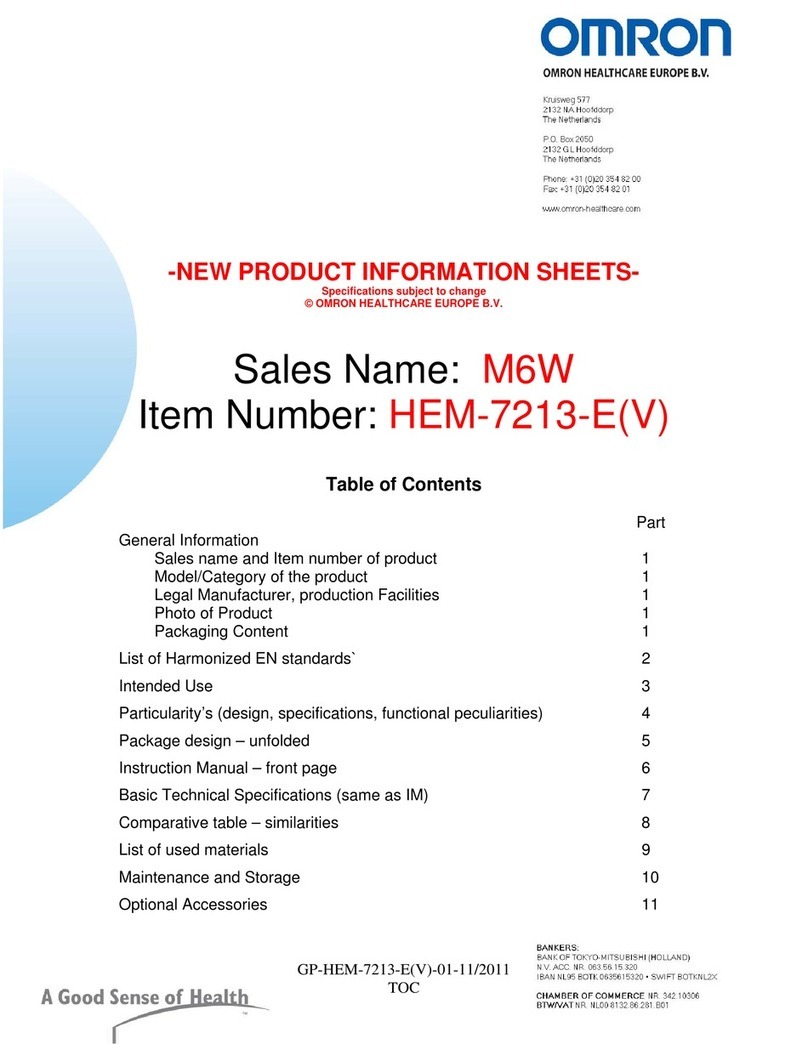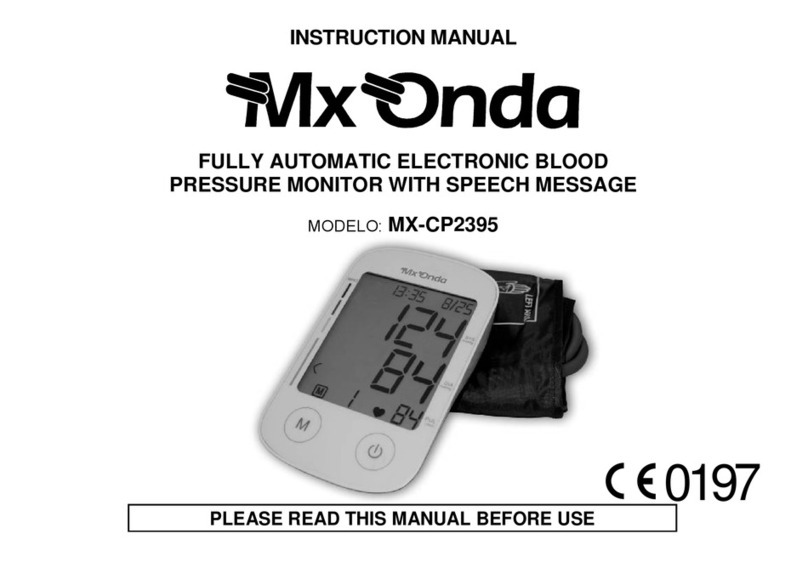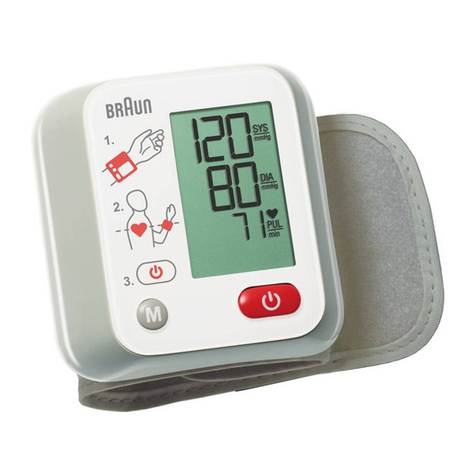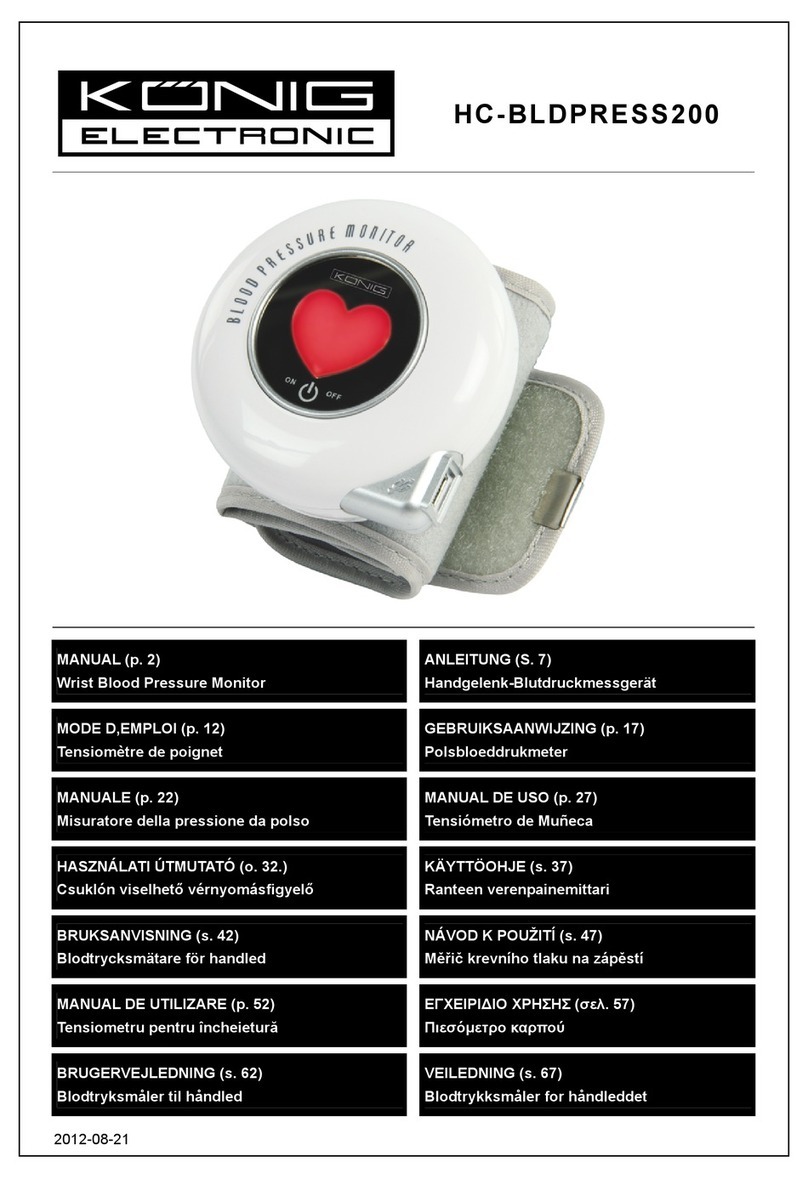A&D LifeSource Essential UA-651CNBLE User manual
Other A&D Blood Pressure Monitor manuals
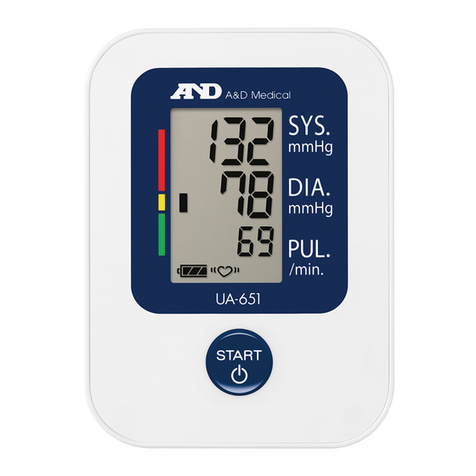
A&D
A&D UA-651-AC Series User manual

A&D
A&D UB-351 User manual
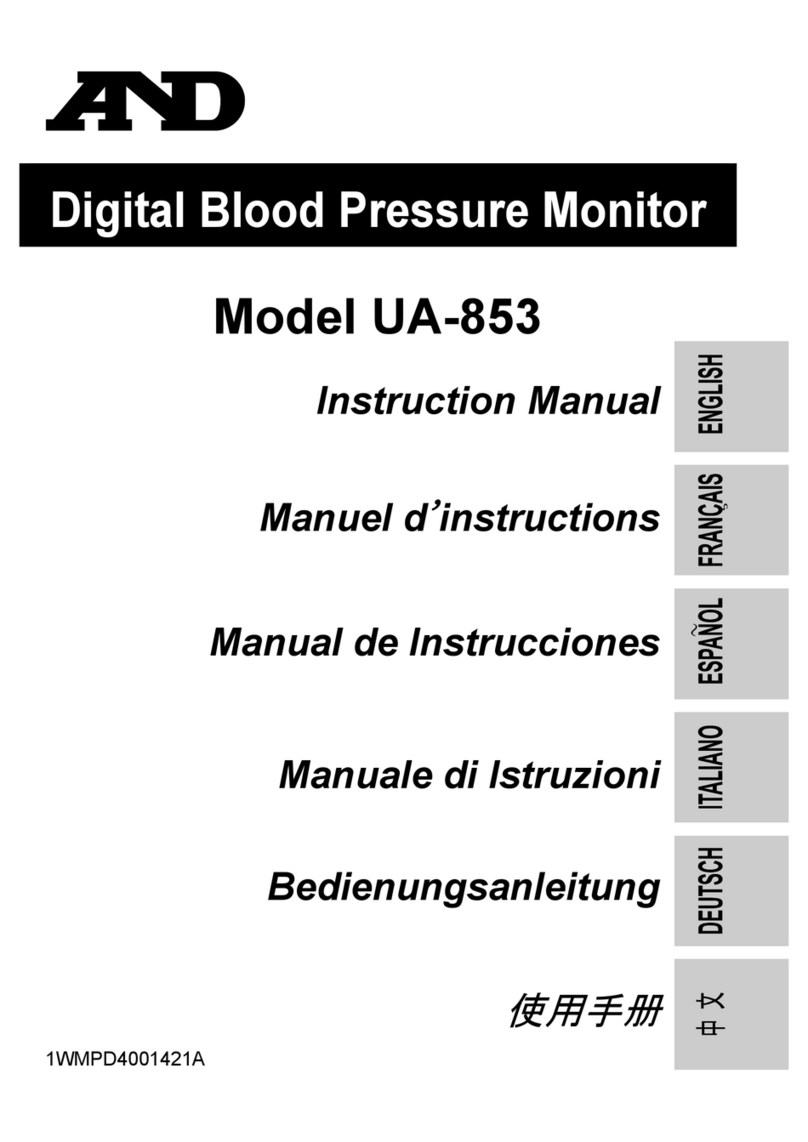
A&D
A&D UA-853 User manual
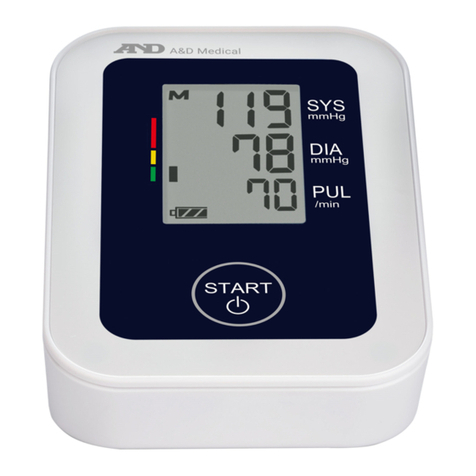
A&D
A&D ESSENTIAL UA-651C User manual
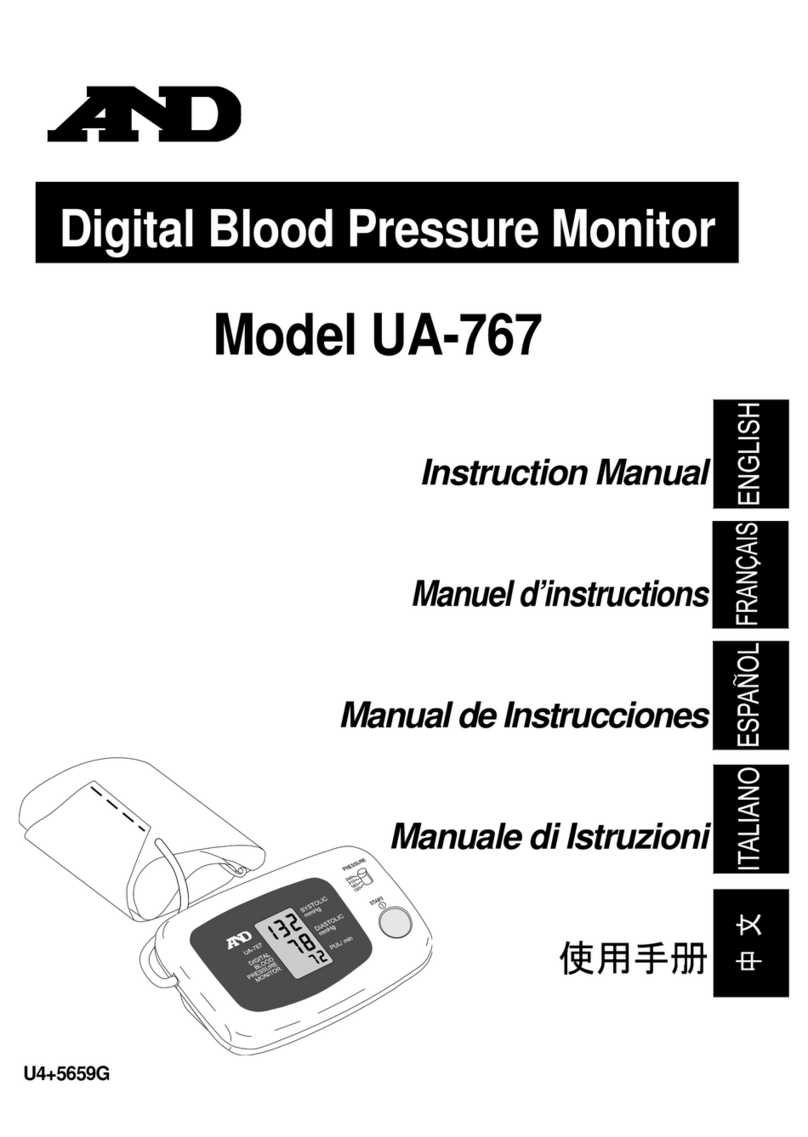
A&D
A&D UA-767 User manual

A&D
A&D UA-767S-W User manual
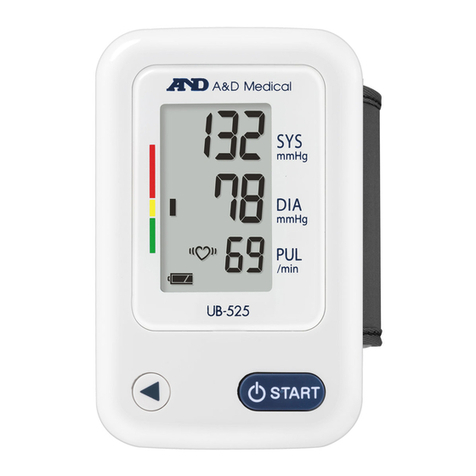
A&D
A&D ESSENTIAL UB-525 User manual
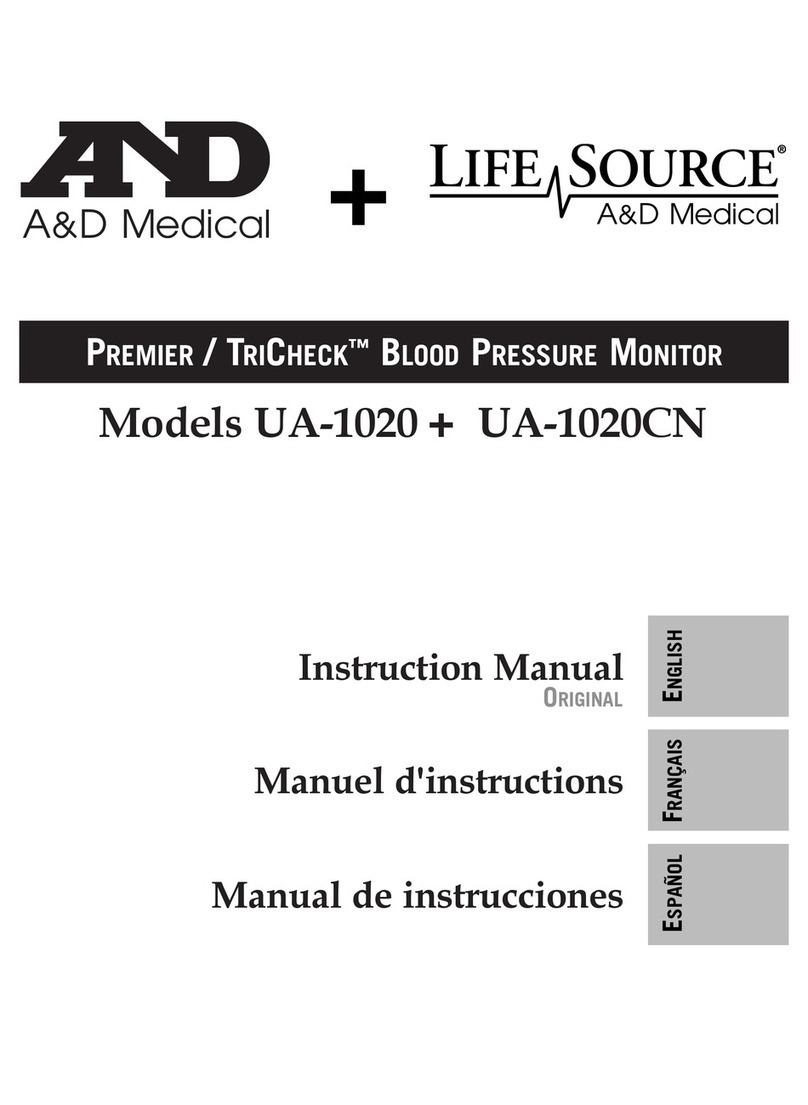
A&D
A&D UA-1020 User manual
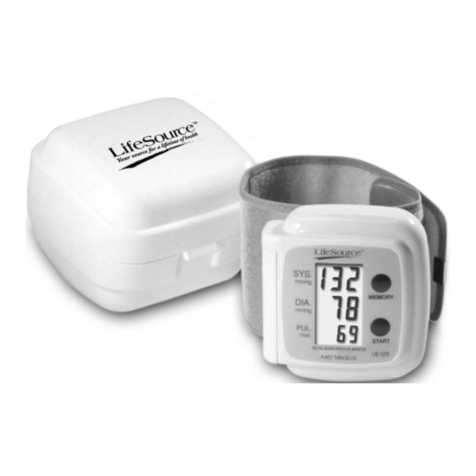
A&D
A&D LifeSource UB-328 Manual
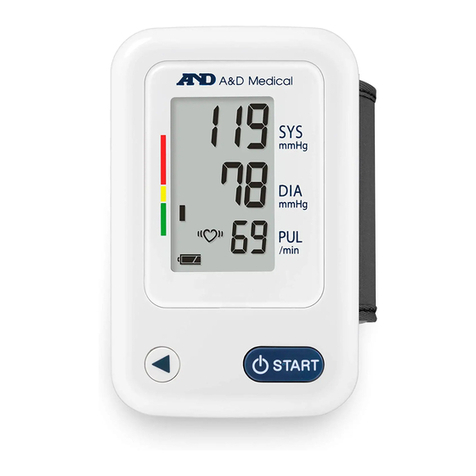
A&D
A&D Life Source UB-525CN User manual

A&D
A&D ESSENTIAL UB-525 User manual
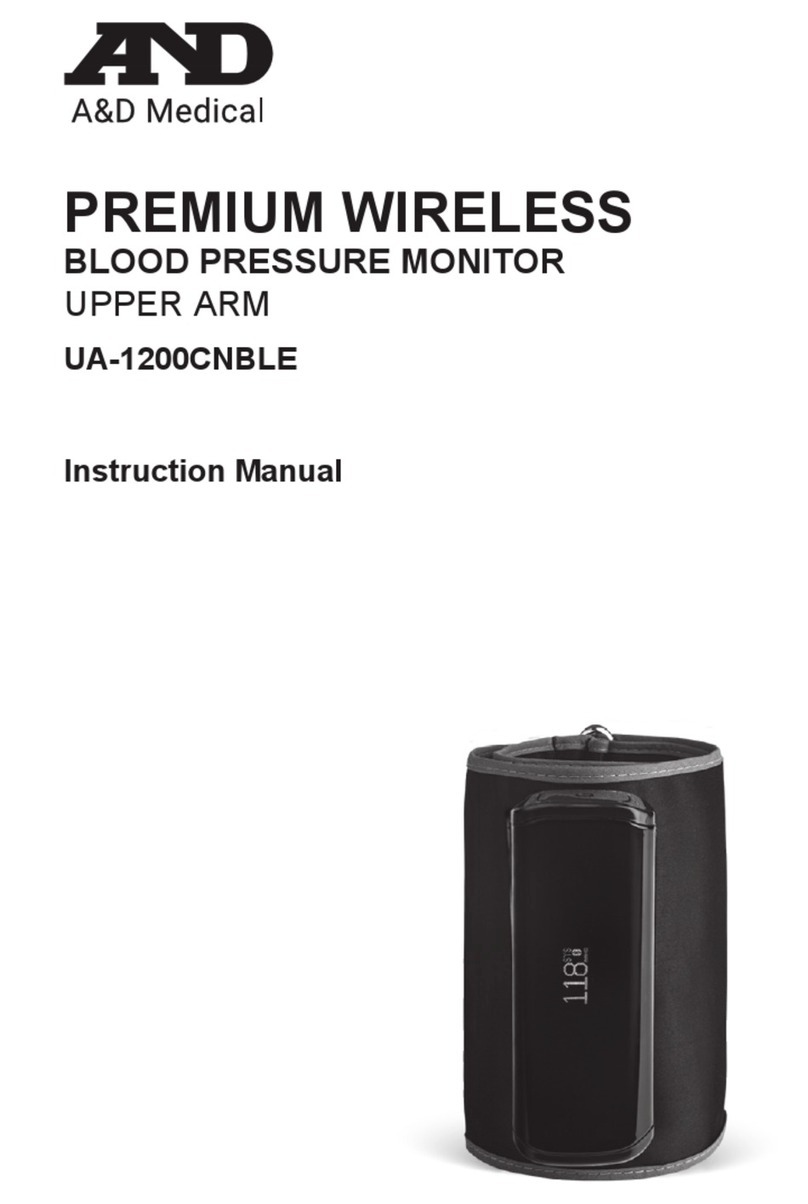
A&D
A&D UA-1200CNBLE User manual
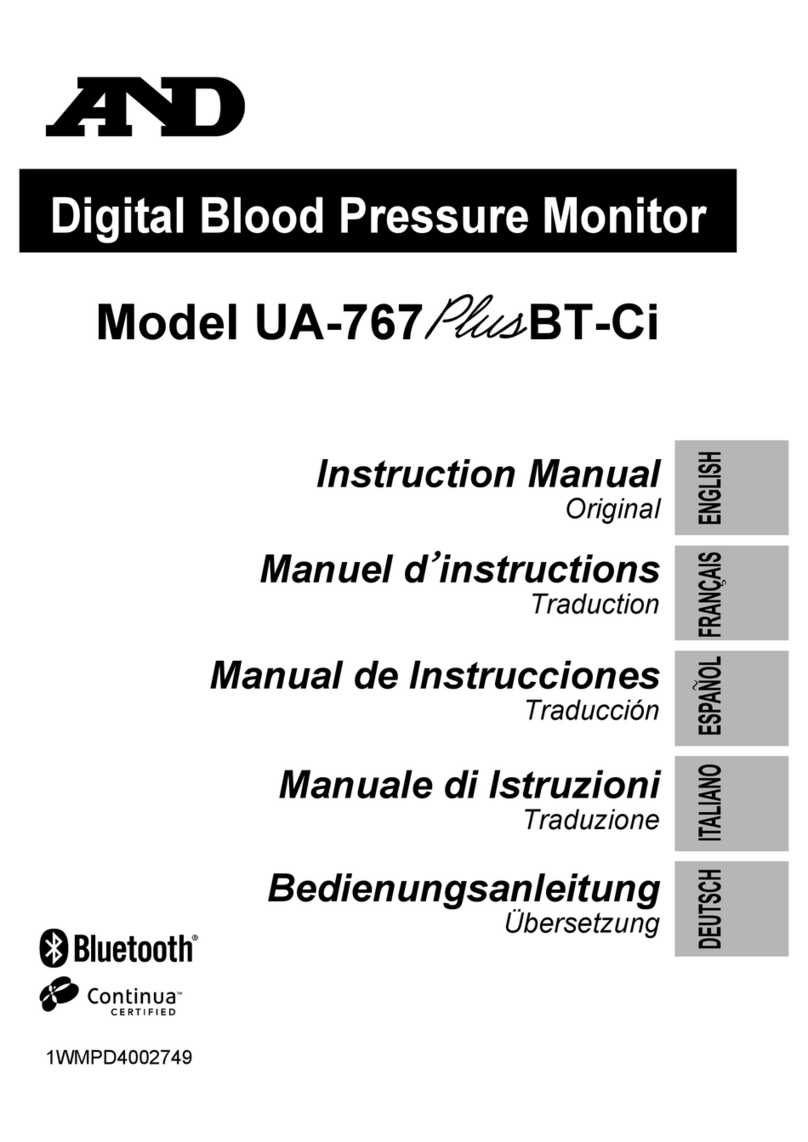
A&D
A&D UA-767 plus BT-Ci User manual

A&D
A&D UA-767PC User manual
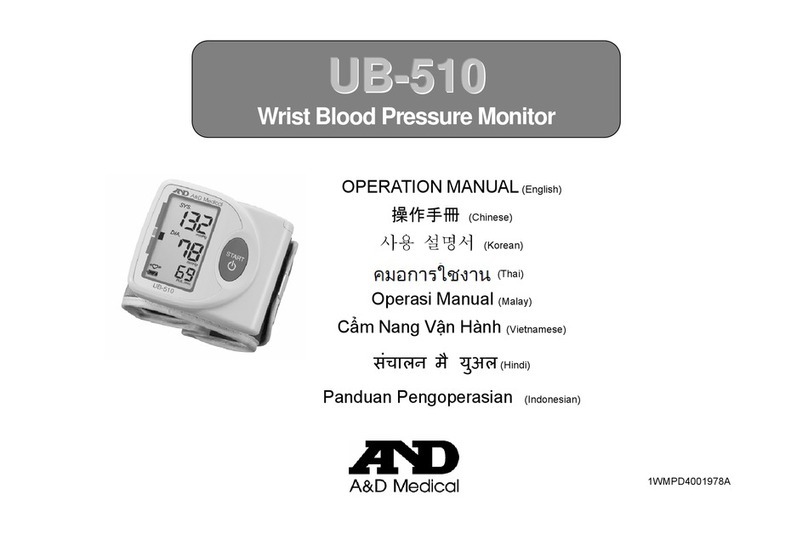
A&D
A&D UB-510 Quick start guide
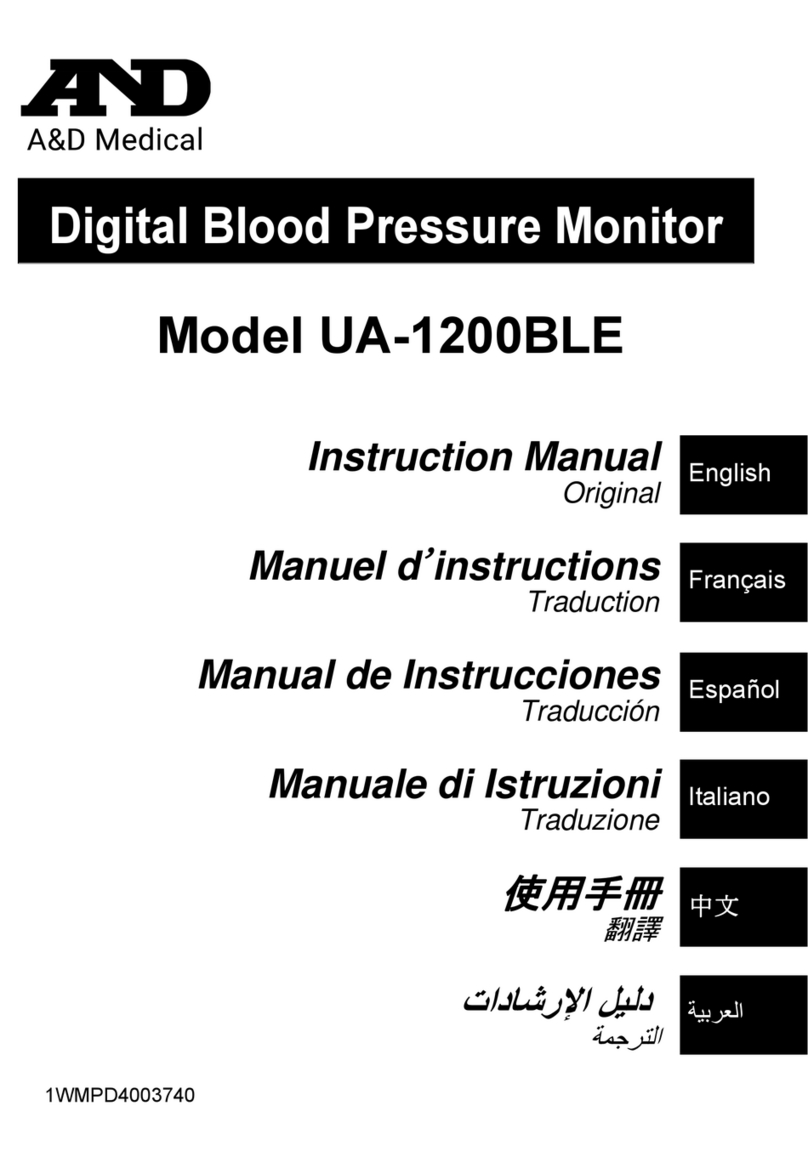
A&D
A&D UA-1200BLE User manual

A&D
A&D UA-767 Plus User manual

A&D
A&D UA-789AC User manual

A&D
A&D UA-767 Plus User manual
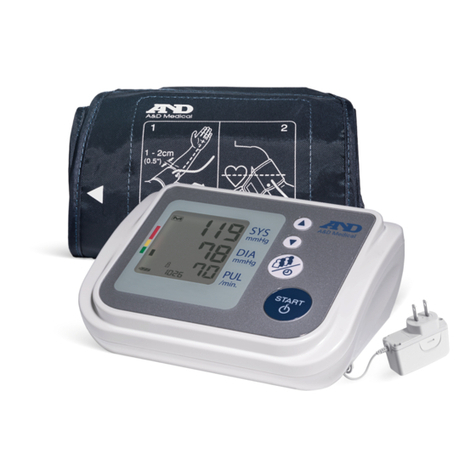
A&D
A&D Life Source UA-767FAM User manual
Popular Blood Pressure Monitor manuals by other brands

3B SCIENTIFIC
3B SCIENTIFIC U11395 instruction sheet
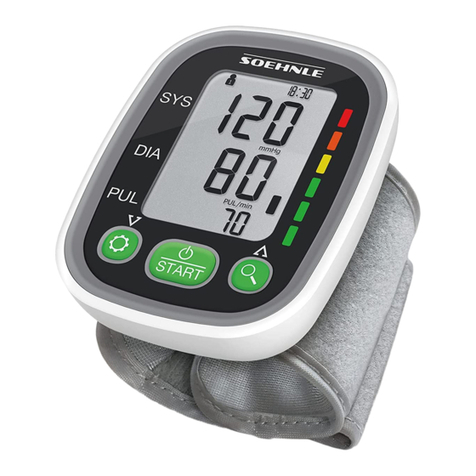
Soehnle
Soehnle SYSTO MONITOR 100 Instructions for use

Nasco Healthcare
Nasco Healthcare Simulaids Life/form LF01095U USER HELP GUIDE

Microlife
Microlife WatchBP office instruction manual

HoMedics
HoMedics MiBody 360 instruction manual

ForaCare
ForaCare FORA P30 Plus owner's manual
